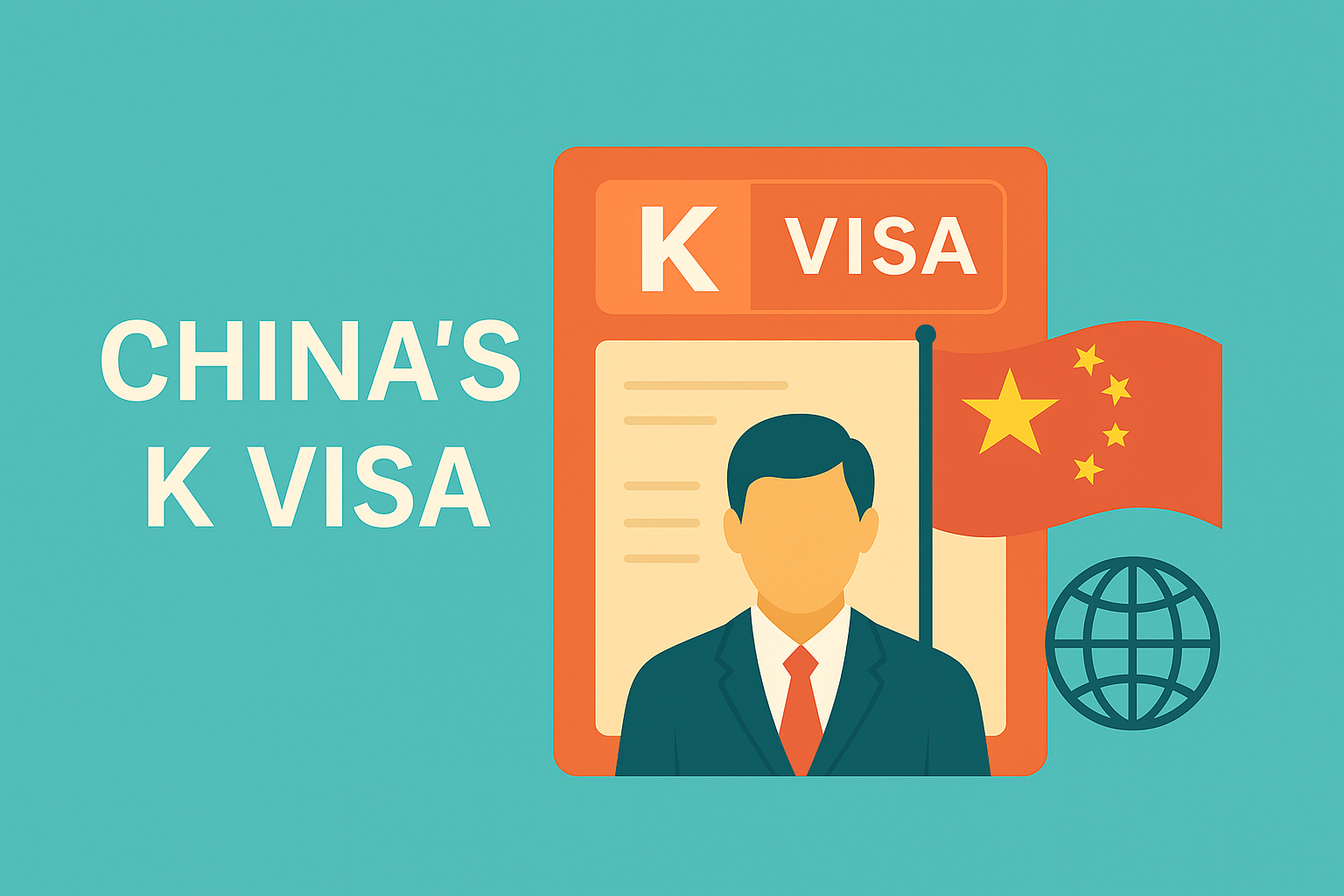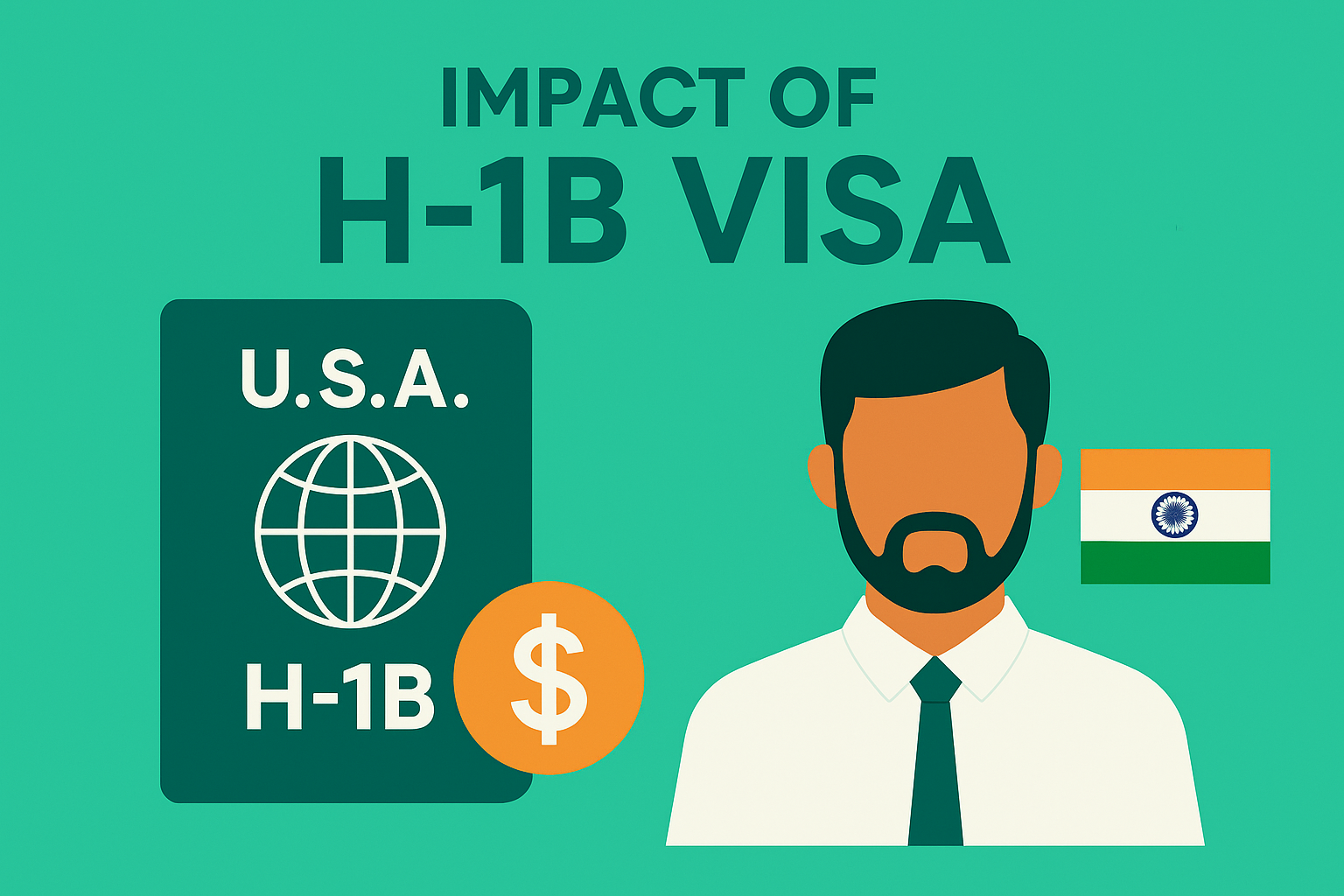Wrote By:Global Economist
Background
In October 2025, China will officially launch the “K Visa”, a new category added to its immigration framework. This visa will join existing categories such as the Z (work), X (study), and M (business) visas under the amended Regulations on the Administration of the Entry and Exit of Foreigners.
The K Visa is designed primarily for young talent in STEM fields (science, technology, engineering, mathematics) and will allow engagement in education, research, cultural exchange, entrepreneurship, and business activities.
The timing is deliberate. While the United States considers imposing a hefty $100,000 application fee for new H-1B petitions, China is signaling an open-door approach to global talent.
Objectives
China’s introduction of the K Visa serves several strategic purposes:
- Responding to Global Talent Competition
As the U.S., Europe, and Gulf states intensify their efforts to attract skilled workers, China aims to position itself as a competitive alternative. - Supporting the National Innovation Agenda
The K Visa is aligned with China’s strategy of becoming a global innovation powerhouse, ensuring a steady inflow of international researchers and engineers. - Early Engagement with Young Professionals
By focusing on “future potential” rather than solely experience, China seeks to build long-term relationships with young global talent. - Enhancing International Exchange and Soft Power
Inviting young foreign researchers, students, and entrepreneurs fosters cultural exchange and improves China’s international image.
Strategic Benefits for China
1. Strengthening Innovation Capacity
The K Visa could accelerate the inflow of global talent into Chinese universities, research institutes, and technology clusters. This would boost China’s competitiveness in AI, semiconductors, biotech, and green energy.
2. Promoting Regional Development
Beyond Beijing and Shanghai, hubs such as Shenzhen, Chengdu, and Wuhan could attract foreign specialists, supporting balanced regional innovation ecosystems.
3. Reversing Brain Drain
For Chinese-born professionals abroad, the K Visa provides an easier route to return or reengage with China. This enables reverse brain drain, bringing back international expertise and networks.
4. Countering U.S. Visa Policies
While the U.S. raises barriers with costly and uncertain H-1B reforms, China offers a lower-cost, more flexible option, appealing to global STEM workers seeking alternatives.
5. Boosting China’s Global Image
The K Visa sends a clear signal that China is open to international collaboration, enhancing its soft power and ability to shape global talent flows.
Challenges and Uncertainties
- Lack of Detailed Rules: Application requirements and eligibility criteria remain to be clarified.
- Integration Barriers: Without adequate support for language, housing, and community integration, talent retention may be difficult.
- Security and IP Concerns: Managing risks related to technology transfer and intellectual property will be essential.
Despite these challenges, the K Visa is widely seen as an “offensive move” in the global competition for talent, directly contrasting with the U.S.’s restrictive stance.
Conclusion
China’s K Visa is more than just a new immigration category — it is a strategic instrument in the global talent race.
By offering opportunities for young STEM professionals, China aims to reinforce its innovation base, promote balanced regional development, reverse brain drain, and strengthen its international standing.
As the U.S. imposes new costs and uncertainty on H-1B applicants, the K Visa could emerge as a compelling alternative — shaping the future geography of innovation and skilled migration.


